Author: Cade Jobe
Based on the results of our recent General Homebrewer Survey, nearly 95% of homebrewers rely primarily on all-grain methods, though a solid majority got their start using malt extract. While historically viewed as being an easier entry into brewing, some believe malt extract imparts its own unique flavor that makes it different than all-grain beer, often noting a certain “twang” in beers brewed with extract. However, others adamantly deny this as being the case, claiming well-made extract beers can be just as good as their all-grain equivalents.
Whereas all-grain methods require the brewer to perform a mash that involves steeping the grain in warm water for 60 minutes or longer, brewing with malt extract eliminates this step, as the extract simply needs to be blended into the water before being boiled. It’s certainly possible to brew beers using just extract for wort production, but more commonly, brewers rely on steeping relatively small amounts of specialty grain to add the color and flavor expected in the intended style.
I made the switch from extract to all-grain rather soon after I started brewing, though my main reason for doing so is because I prefer the control afforded by managing my own mash. Seeing as extract is its own product, it makes sense to me that it would contribute noticeably different flavor characteristics compared to all-grain, which is supported by results from a prior xBmt. Given claims that darker styles are better at hiding subtle differences, I decided to test this out again using extract and all-grain Stout kits from MoreBeer.
| PURPOSE |
To evaluate the differences between a Stout made with malt extract and one brewed via the all-grain method.
| METHODS |
Props to the rad folks at MoreBeer for providing the kits for this xBmt! Designed with quality and consistency in mind, the only difference between these kits was that one included dry malt extract (DME) while the other came with enough Pale malt to achieve the same OG; the specialty grains, hops, and yeast were all identical.
MoreBeer Stout Kits
Recipe Details
| Batch Size | Boil Time | IBU | SRM | Est. OG | Est. FG | ABV |
|---|---|---|---|---|---|---|
| 5.5 gal | 60 min | 32.1 IBUs | 27.9475205 | 1.052 | 1.013 | 5.2 % |
| Actuals | 1.052 | 1.012 | 5.3 % | |||
Fermentables
| Name | Amount | % |
|---|---|---|
| Pale Malt OR 6 lbs Golden Light DME | 10 lbs | 83.33 |
| Caramel/Crystal Malt - 40L | 1 lbs | 8.33 |
| Roasted Barley | 8 oz | 4.17 |
| Black (Patent) Malt | 4 oz | 2.08 |
| Chocolate Malt | 4 oz | 2.08 |
Hops
| Name | Amount | Time | Use | Form | Alpha % |
|---|---|---|---|---|---|
| Northern Brewer | 28.3 g | 60 min | Boil | Pellet | 8.5 |
| Cascade | 28.3 g | 5 min | Boil | Pellet | 5.5 |
Miscs
| Name | Amount | Time | Use | Type |
|---|---|---|---|---|
| Whirlfloc Tablet | 1.00 Items | 5 min | Boil | Fining |
Yeast
| Name | Lab | Attenuation | Temperature |
|---|---|---|---|
| Darkness (A10) | Imperial Yeast | 73% | 62°F - 72°F |
Download
| Download this recipe's BeerXML file |
I started off this brew day by collecting the amount of water recommended in the instructions for each batch then setting the electric controllers to heat them up.
I then milled the separate sets of grain.
I incorporated the DME into its respective volume of water once it was adequately heated then steeped the specialty grains at 152°F/67°C, which is the same temperature the all-grain batch was mashed at.
I removed the steeping grains after 30 minutes then proceeded to heat the extract wort while the all-grain mash continued to rest for a total of 60 minutes. Both worts were boiled for 60 minutes with hops added at the same times listed in the recipe. When the boils were complete, I quickly chilled the wort then took hydrometer measurements showing the extract batch was 0.001 SG lower than the all-grain batch.
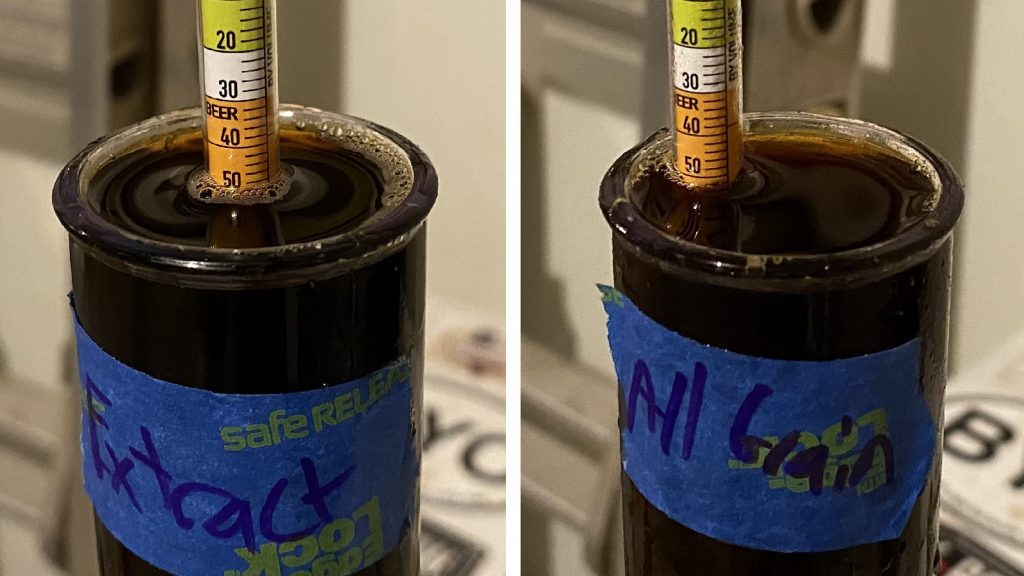
After transferring the worts to sanitized Brew Buckets, I placed them next to each other in my fermentation chamber and pitched a single pouch of Imperial Yeast A10 Darkness into each.
I let the beers ferment at 66°F/19°C for 2 weeks before taking hydrometer measurements indicating similar levels of attenuation.
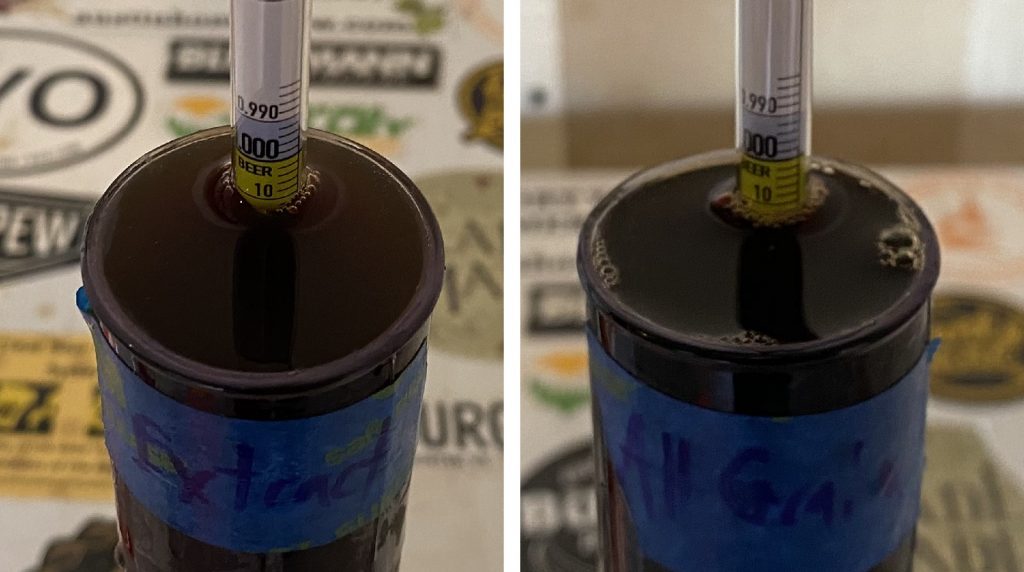
At this point, the beers were cold crashed overnight at 32˚F/0˚C before being pressure transferred to CO2 purged kegs.
The filled kegs were placed on gas in my keezer and allowed to condition for 2 weeks before they were ready for evaluation.
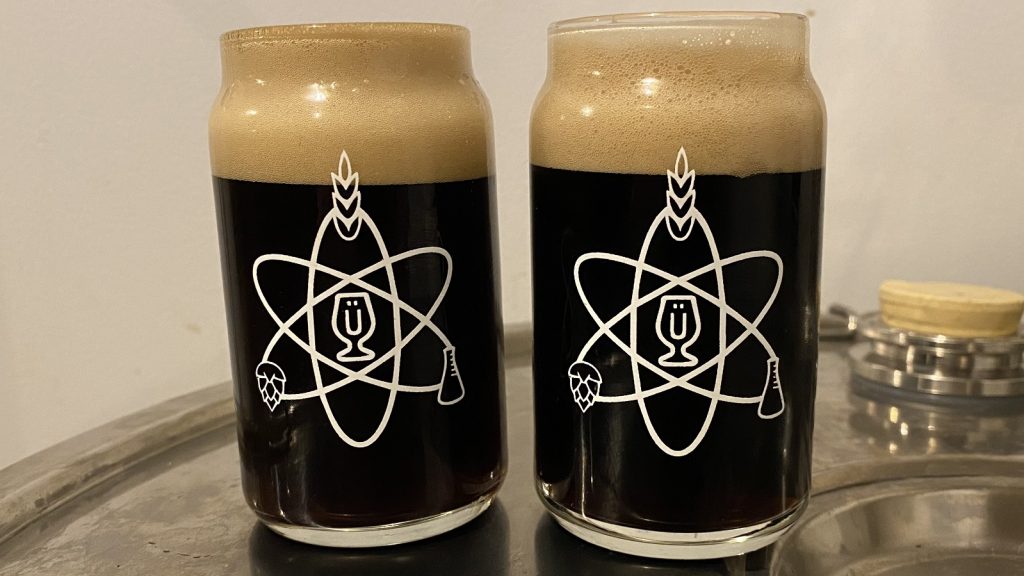
| RESULTS |
Due to social distancing practices as a result of the COVID-19 pandemic, data for this xBmt was unable to be collected in our typical manner. As such, temporary adaptations were made involving the author completing multiple semi-blind triangle tests in as unbiased a way as possible.
Utilizing 4 opaque cups of the same color where 2 were inconspicuously marked, one set was filled with the beer made with malt extract while the other set was filled with the beer made via all-grain. For each triangle test, 3 of the 4 cups were indiscriminately selected, thus randomizing which beer was the unique sample for each trial. Following each attempt, I noted whether I was correct in identifying the unique sample. Out of the 10 semi-blind triangle tests I completed, I needed to identify the unique sample 7 times (p<0.05) in order to reach statistical significance, and I did so 9 times (p=0.0004), indicating my ability to reliably distinguish a Stout made with malt extract from one produced via the all-grain method.
These beers were surprisingly similar, though what made the all-grain batch standout is what I perceived to be a deeper nutty, almost pecan-like, aroma compared to the extract version. Regardless, I thought both were excellent, melding notes of coffee, chocolate, and nuts to form an easily drinkable Stout. I don’t brew much Stout, but this MoreBeer recipe kit was a real winner in my book
| DISCUSSION |
The question of whether a beer made with extract can be as good as one made using the all-grain method, while apparently less prominent today, continues to be hotly debated in certain circles. Given how subjective personal preference is, it’s impossible to draw such a broad conclusion based on the anecdote of a vocal few, though my ability to reliably distinguish a Stout made with extract from one brewed using the all-grain method does support the idea that each approach produces noticeably unique characteristics.
There are a number of possible explanations for these findings, a seemingly valid one being that something about the process of condensing wort into a powdered extract lends a distinctive quality. It’s also possible the difference I perceived was a function of water chemistry, as the extract manufacturer likely used mineralized water while I forwent making any such adjustments.
Despite being quite noticeably different, I enjoyed drinking both of these beers quite a bit! The extract batch didn’t have the syrupy quality many of my first homebrew batches had, and I didn’t perceive any “twang” at all. In fact, picking the batch I most preferred was difficult because both were good, though if forced, I’d go with the all-grain version only because I liked the deeper nutty aroma I perceived in it. All in all, this xBmt left me with the impression that different doesn’t always mean better or worse, and I’ll definitely be brewing with extract in the future.
If you have any thoughts about this xBmt, please do not hesitate to share in the comments section below!
Support Brülosophy In Style!
All designs are available in various colors and sizes on Amazon!
Follow Brülosophy on:
FACEBOOK | TWITTER | INSTAGRAM
If you enjoy this stuff and feel compelled to support Brulosophy.com, please check out the Support page for details on how you can very easily do so. Thanks!

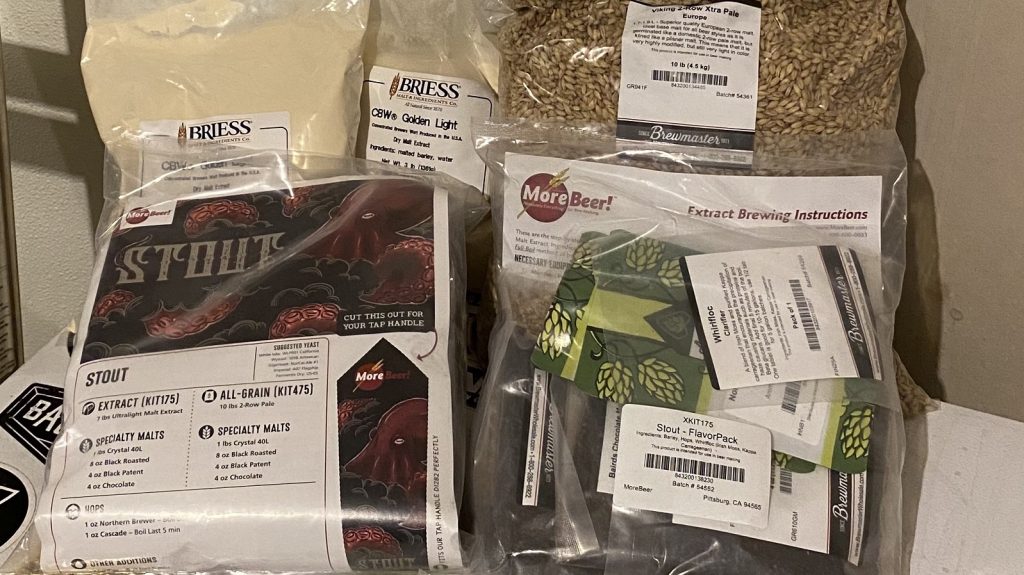

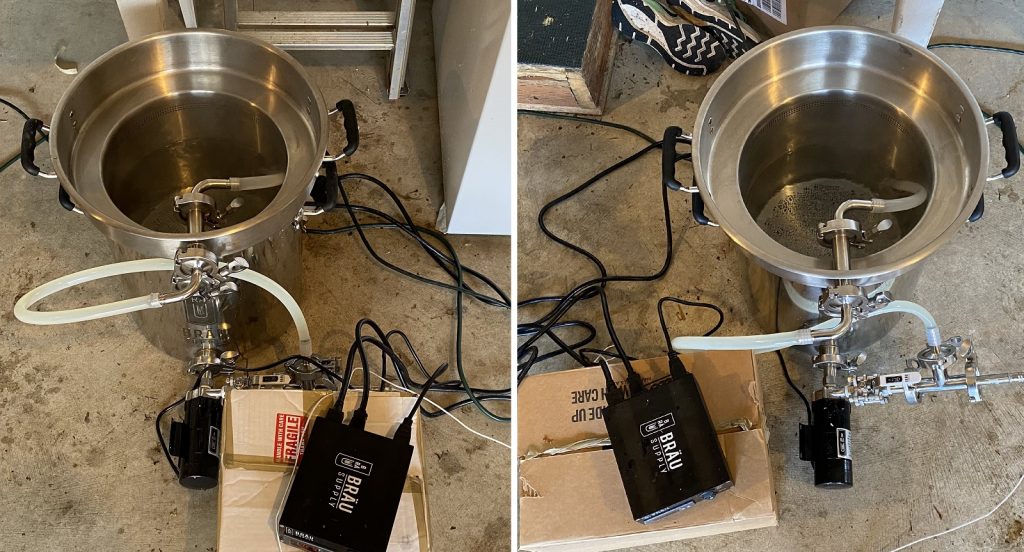
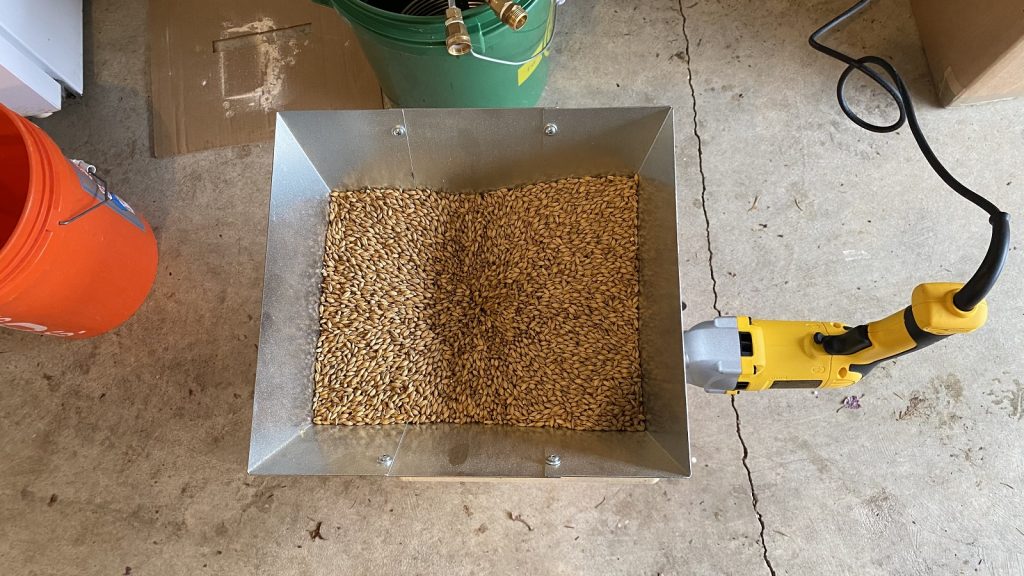
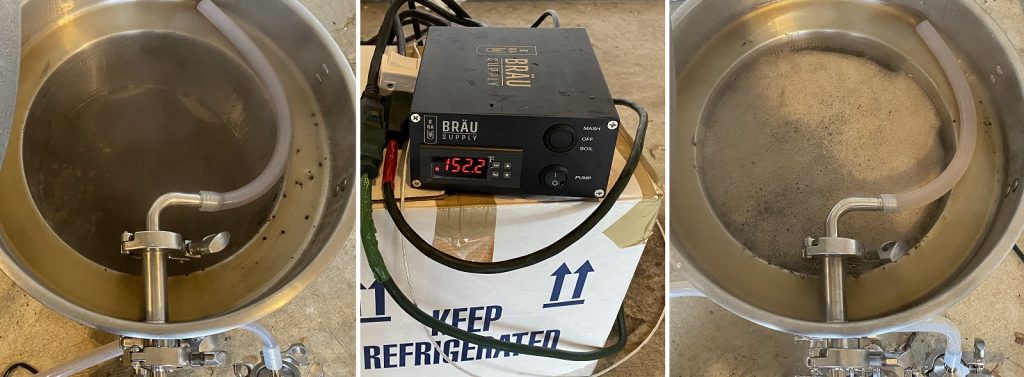
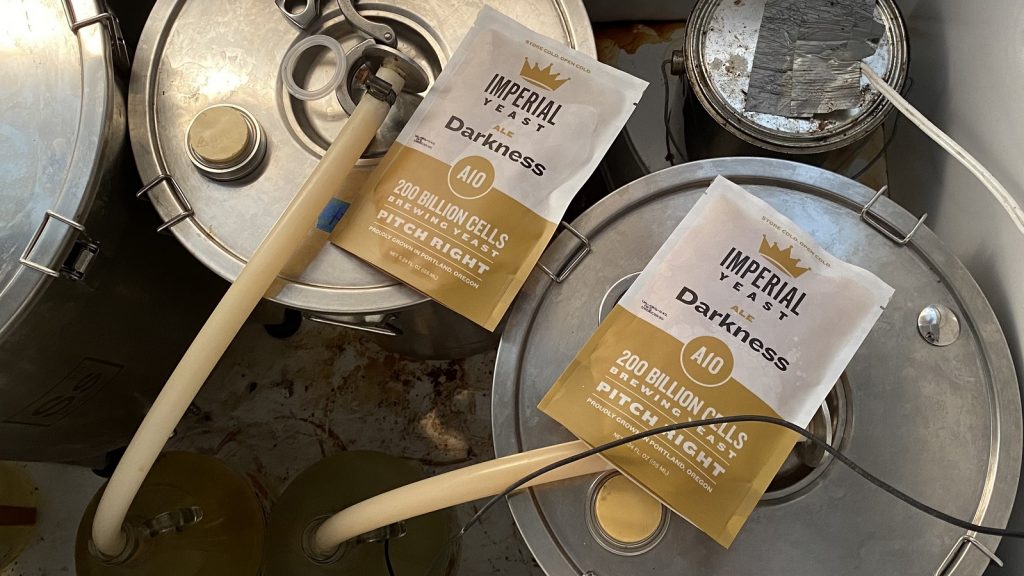
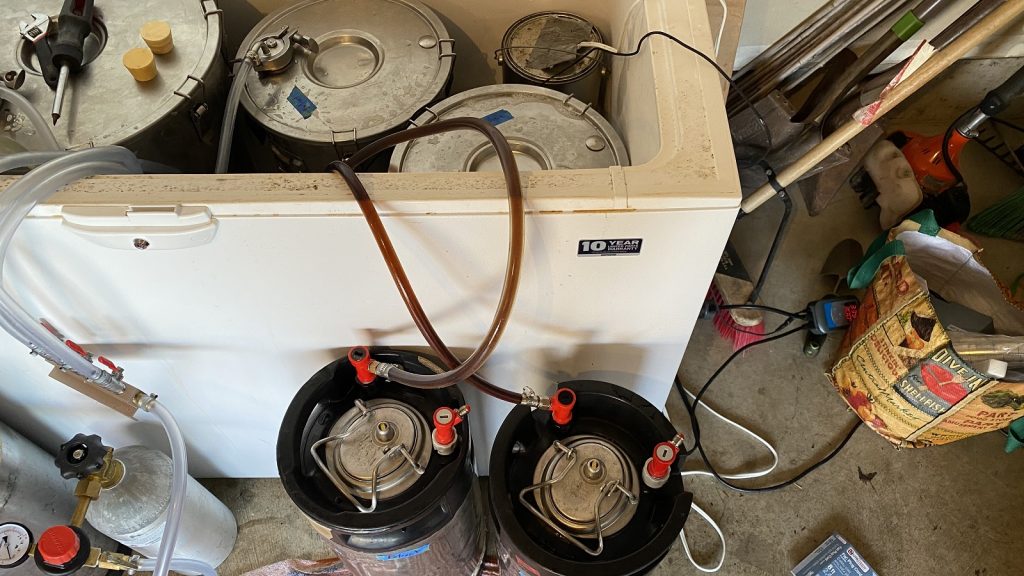











19 thoughts on “exBEERiment | Extract vs. All-Grain American Stout”
SRM = 27.9475205.
Lol
When it’s that dark those extra decimals really count! JK.
Highly accurate measuring equipment and definitely not at all the result of a software glitch. 😉
From the picture it is evident that your experiment utilized Viking extra pale malt for the all grain batch and Briess golden light for the extract batch. Technically your experiment did not isolate the variables as well as it might have. An argument could be made that the difference in maltsters contributed to your conclusion. Still, I suspect a more controlled experiment would find a differenc.e.
Noticed you chose DME rather than LME. My experience is LME, when purchased in bulk and packaged by the supplier, can arrive oxidized. I probably won’t ever use LME again. Have you done an exbeeriment comparing DME to LME ?
Never mind. Found your exbeeriments. Appears LME has a shorter shelf life. And when packaged by the supplier from bulk supplies, oxidation can become an issue. For those reasons, DME seems the preferred extract choice.
Glad you found those. I’d hesitate to jump to any conclusions. LME has a shorter shelf life, but that doesn’t mean it’s inferior. Check out Episode 111 of the Brülosophy Podcast, if you get a chance. We talk in detail about each and their usefulness.
I still brew an occasional extract batch for reasons of convenience. I avoid LME from the local bottle shop that also sells some homebrewing supplies and ingredients like the plague. It just sits on the shelf for time immemorial. DME purchased there has been fine. If I must use LME, I’ll order it from one of the large online outlets that likely moves a fair amount of it and use it ASAP. That has worked out so far.
Right. As someone who worked in a homebrew shop in the mid-1990s for $6/hr plus all the out-of-date LME i wanted, it’s true that the “twang” really is more associated with LME. Though like all things homebrewing I’m sure that’s improved over the years too.
I also suggest that the recirculation that happens in the all grain wort vs. a simple steeping might also have some impact. I don’t know whether I never got all the extraction out of the specialty grains or there was too much husk in the wort using the old cheesecloth bags (perhaps improved again with BIAB equipment) but the flavors of my partial grain brewing were always more muted.
I have a basic ale recipe using lme and the same one but using 2 row. Both are great and both are different.
How much time did it take (on brew day) to prepare each batch?
I’m one of your 5% (extract brewer), 105 batches into this hobby. I can knock out an extract batch in under 2 hours from the time the wife says she’s going to watch a tv movie, to I’m all chilled, pitched, cleaned, put away, and documented.
The all-grain batch takes about 4.5-5 hours depending on how much prep I do the day before. I could easily fit the extract batch inside the time it takes to do the all-grain.
I wonder if they would be so easy to tell apart after conditioning/aging for a few months
After both beers are oxidized?
Shoot me an email in a couple of weeks and I’ll let you know. That is, if I still have beer any left…haha.
Was there a reason for using Breiss golden light dme rather than Breiss pale ale dme? By using golden light you have confounded the test variable (grain vs extract) with differences in the malt. Golden light is not produced using pale ale malt.
The extract and grains were from a kit by MoreBeer. They designed the recipe and chose the ingredients to make the beers as similar as possible.
I wonder if the difference you noted in the extract would be more pronounced in a lighter beer. I have been a believer of the extract tang but I am curious if it was just poor practices post fermentation that led to this. An experiment between and extract and all grain blond or Pilsner would be a good one!
I just listened to the podcast about this experiment and I wonder if the extract twang is a result of a full vs partial boil using extract. When I used to primarily extract brew, I noticed a marked decline in the twang when I went to full volume boils.